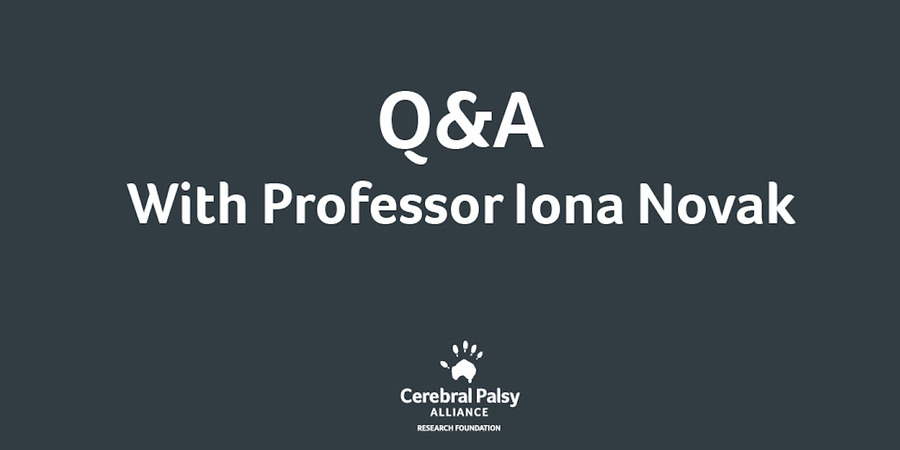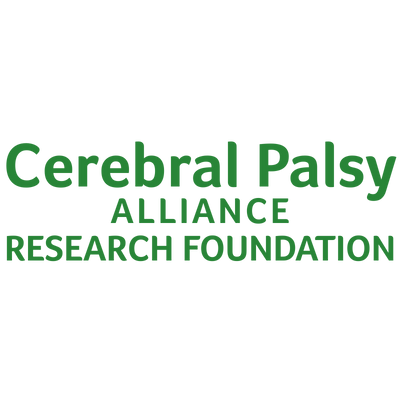
Question: Does primitive reflex testing in infants have any role in cerebral palsy management?
Iona's Answer: Primitive reflex testing was one of the historical clinical examinations conducted to identify cerebral palsy. However, reflex testing is not the most accurate predictor of cerebral palsy. The most accurate tools to identify cerebral palsy include: brain MRI plus General Movements Assessment Plus the Hammersmith Infant Neurological Examination. When these 3 tools are all indicating cerebral palsy, there is a 98% chance the child in front of you does have cerebral palsy. The Hammersmith Infant Neurological Examination includes reflex testing items, however the total Hammersmith score is more predictive than reflex testing alone. And the combination of all 3 tests is even more predictive.
Some clinicians also historically believed that treating primitive reflexes, by facilitating the child into reflex inhibiting positions would improve movement. Nowadays, we understand that reflex inhibiting positions do not improve movement, given that reflexes are involuntary. And a movement needs to be self-generated (not therapist generated) in order to be learnt, retained and generalised via neuroplasticity.
Fri 05 Dec 2025
An update on one of our most important initiatives: expanding access to life-changing assistive technology for Native Americans with disabilities.
Fri 10 Oct 2025
We’re thrilled to share an exciting milestone from CPARF’s Changemakers Program — our inaugural community-voted research study has been selected!



